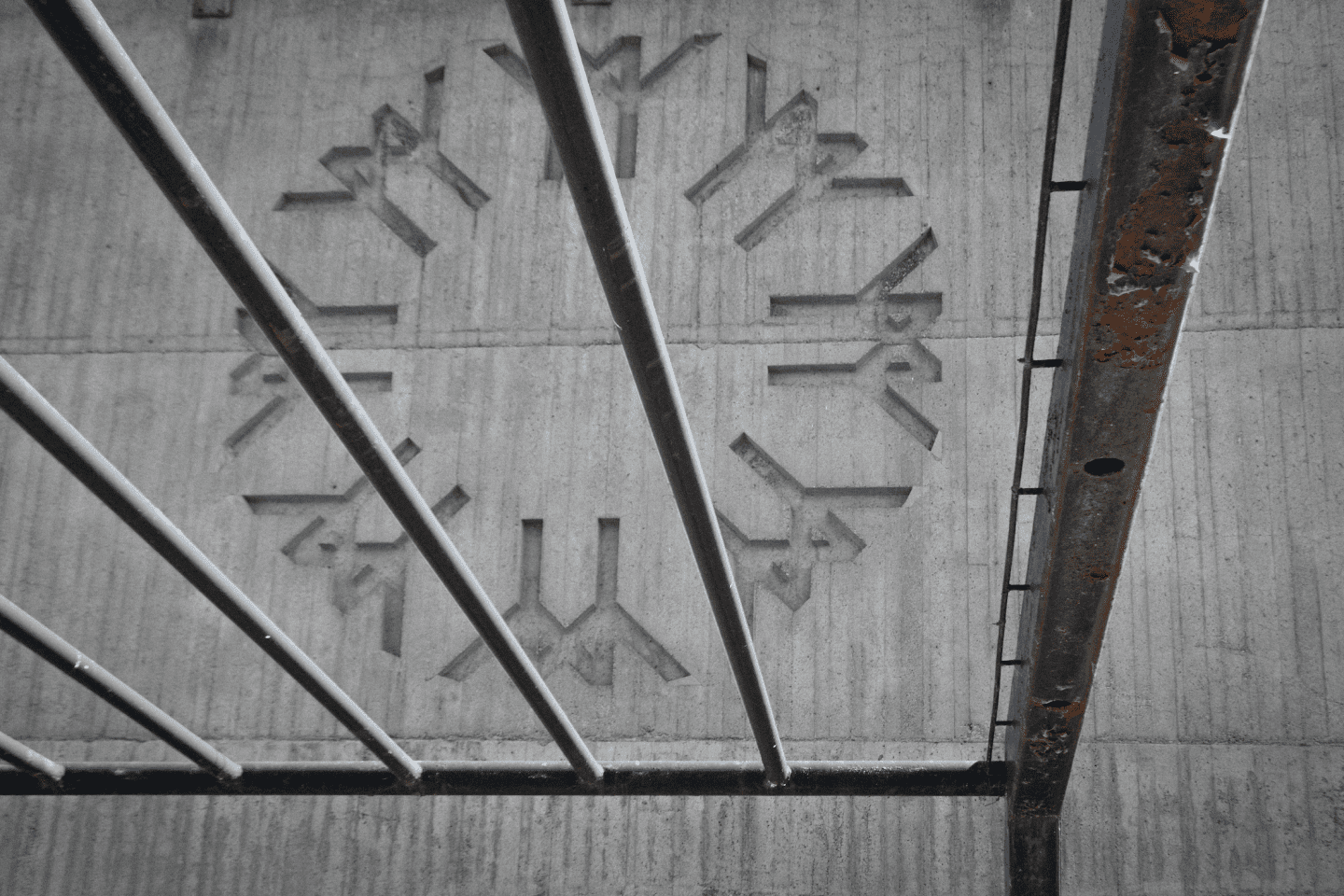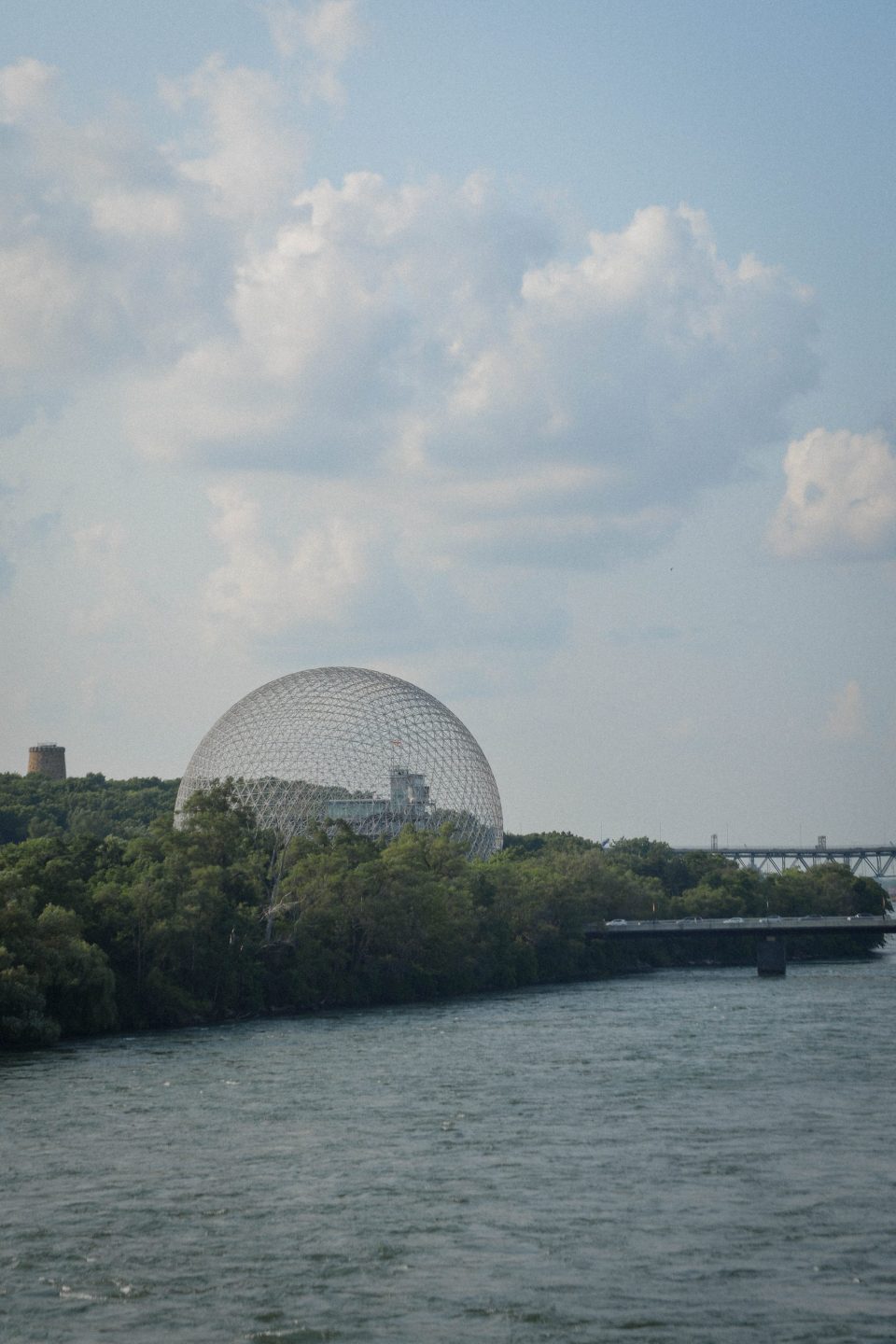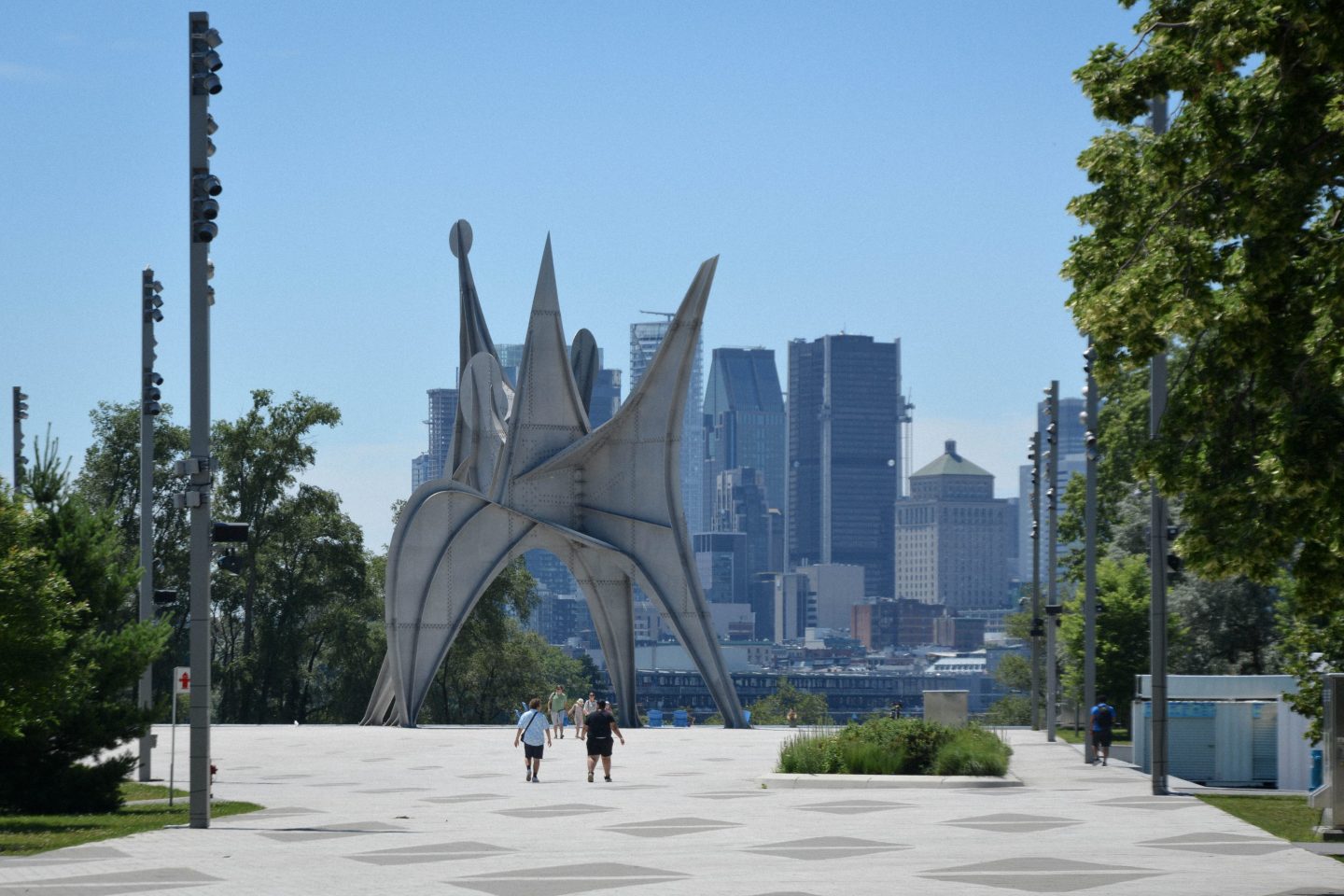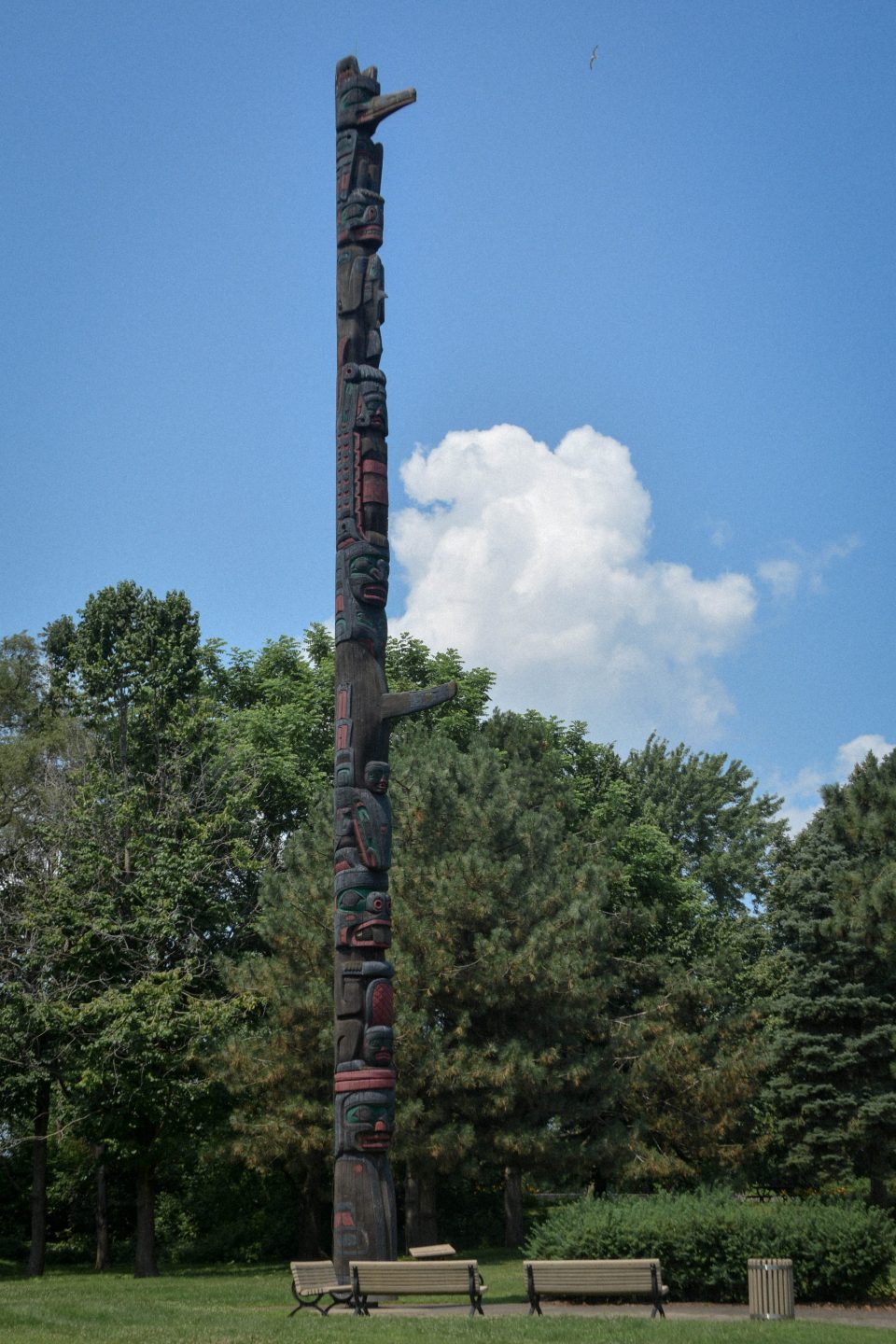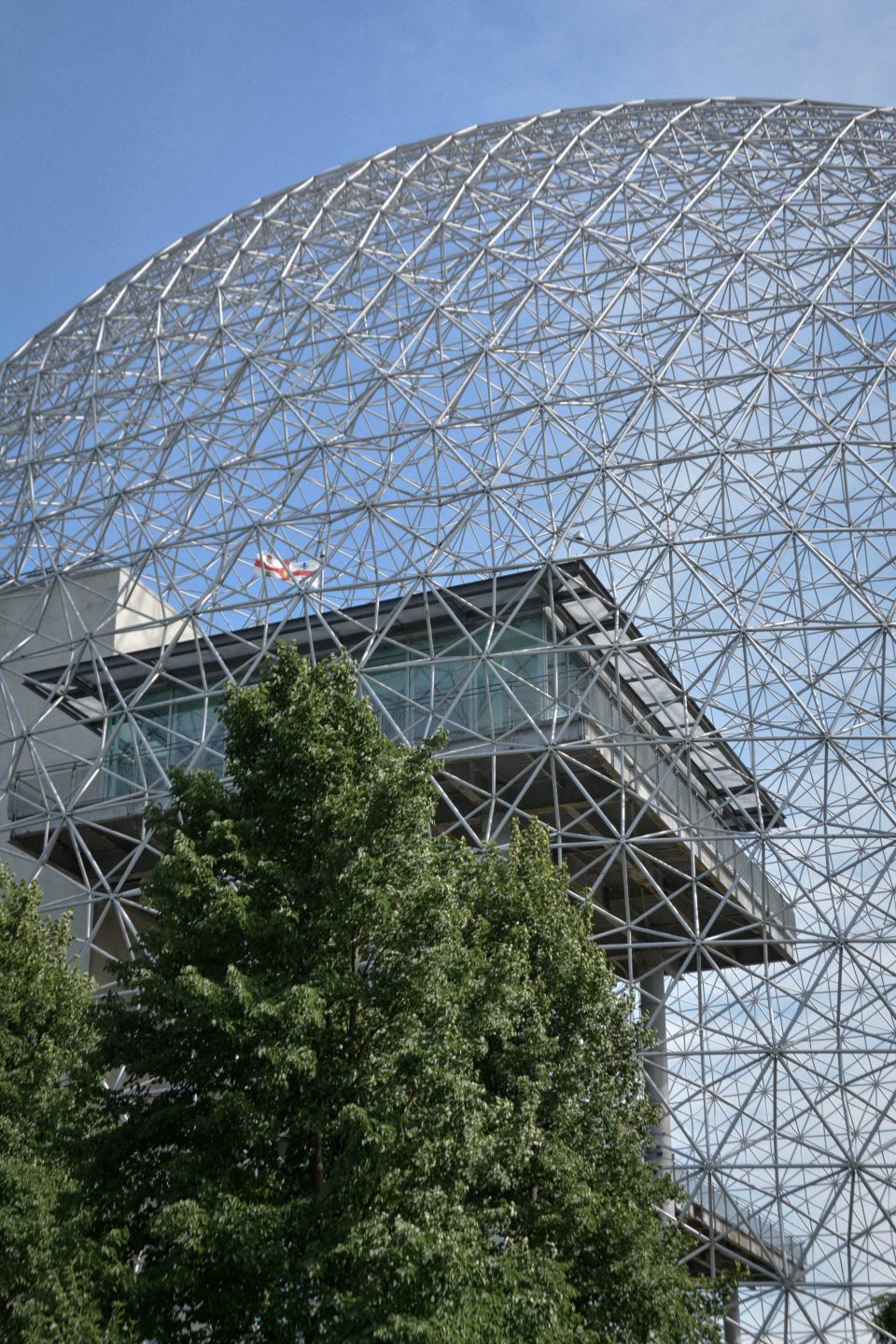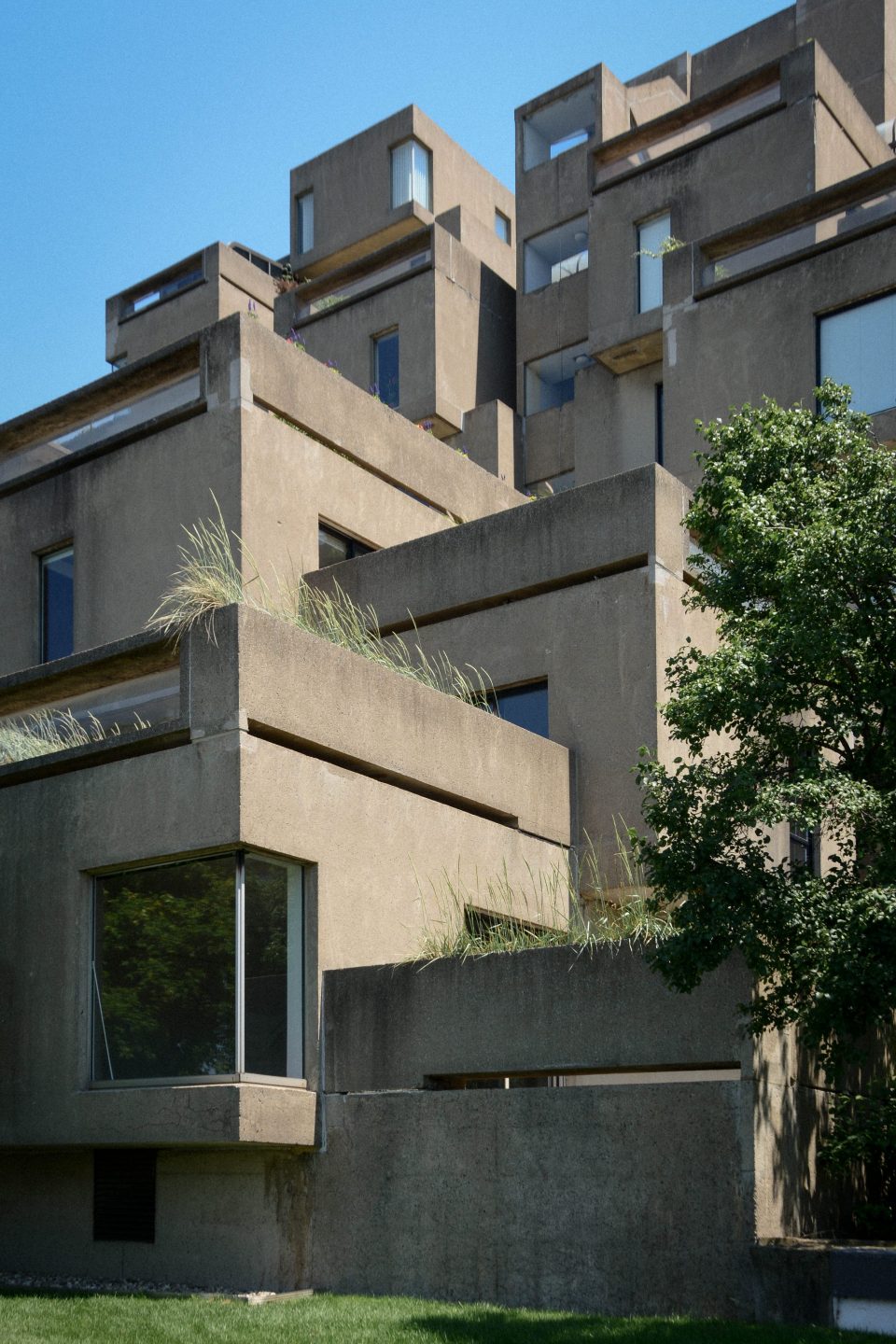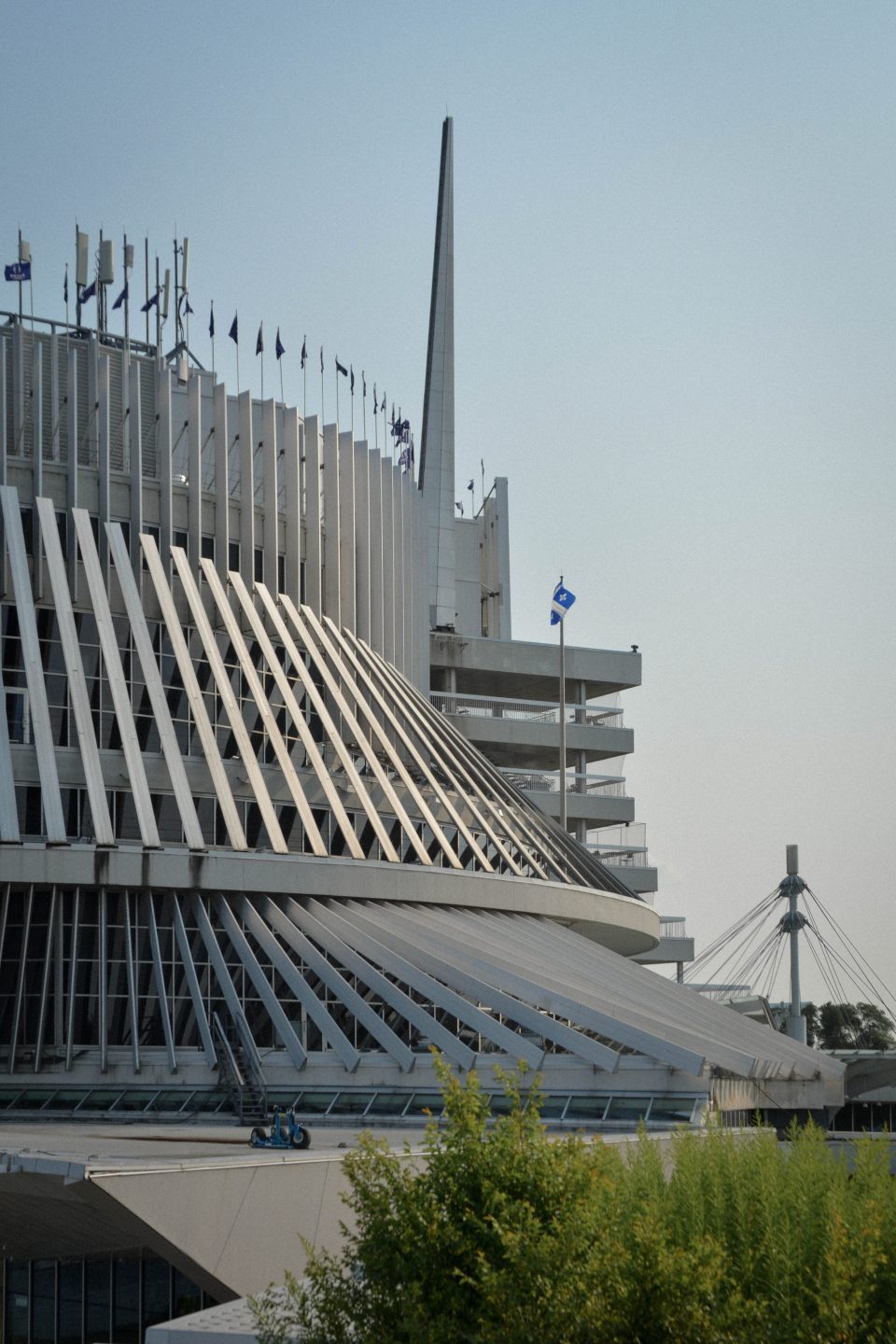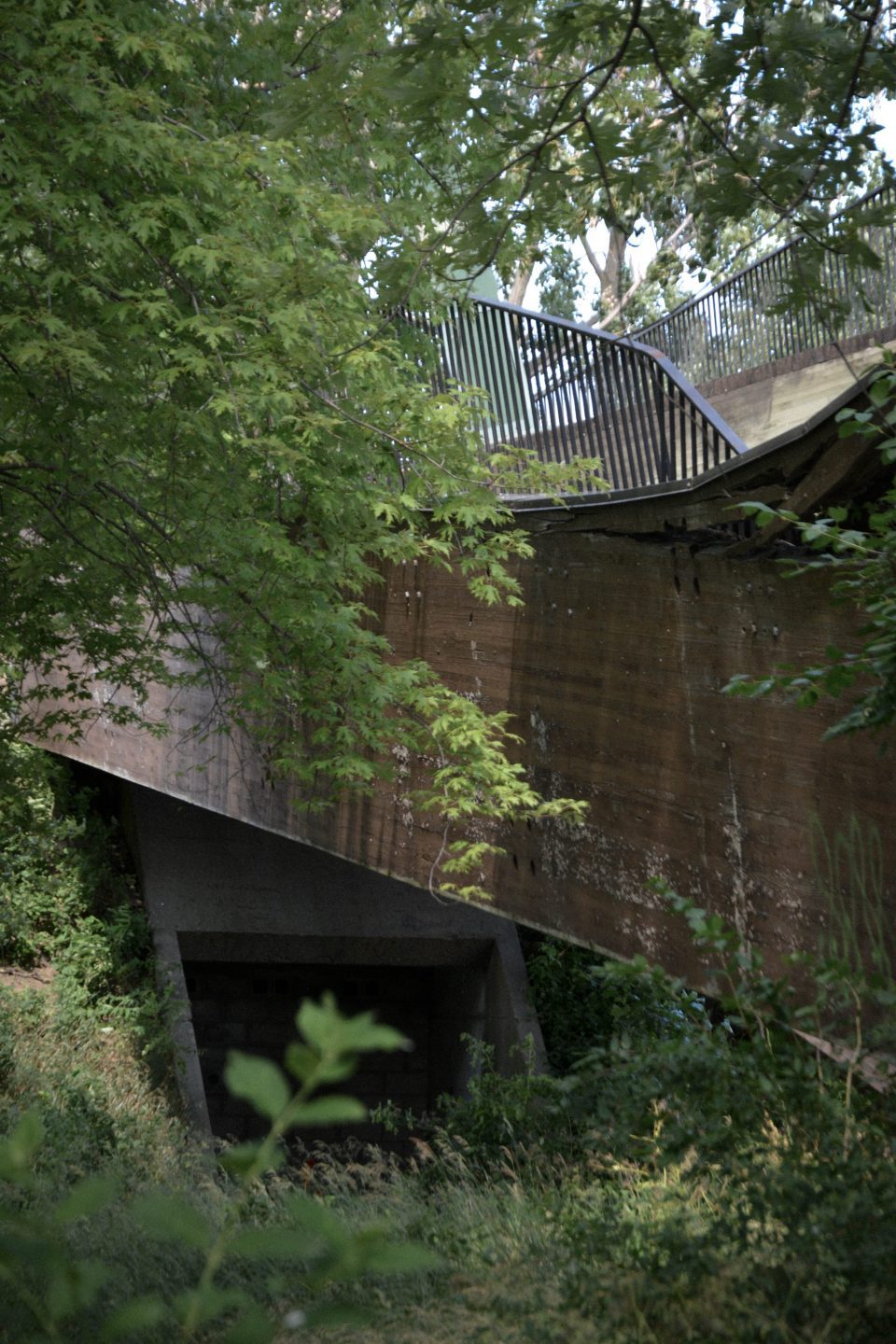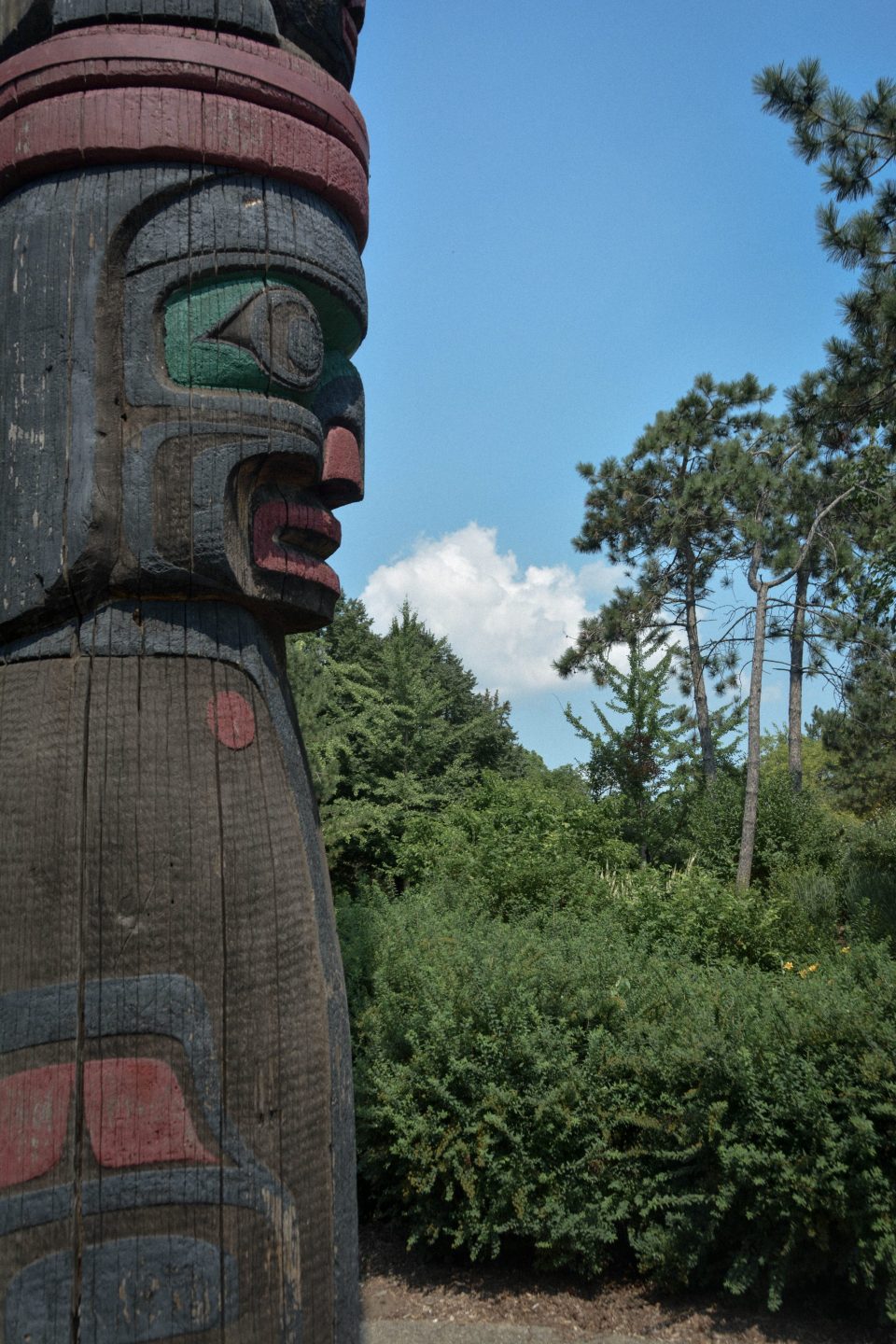To be a Man is to feel that, by laying one’s stone, one is helping to build the world.
Introduction
I’ve always been passionate about history and architecture. From early walks in Paris to cultural visits in Montreal after immigrating in 2012, my curiosity grew. A high school lesson on Expo 67 sparked my interest in how it shaped Montreal’s identity and global image.
Expo 67, held in Montreal for Canada’s Centennial, showcased global culture and innovation under the theme “Man and His World.” With over 50 million visitors, it boosted Canada’s global image, Quebec’s identity, and Montreal’s infrastructure and international status.
Expo 67’s lasting landmarks like Habitat 67 and the Biosphere inspired my passion for design. For my final project, I chose to revisit this spark. Yet I realized I’d never fully connected Expo 67’s legacy with its physical site, despite its deep imprint on Montreal’s identity.
To reconnect with Expo 67’s legacy, I explored its former site, documenting surviving structures and their evolution. I found that while some icons are celebrated, many remnants are neglected. This sparked reflections on how we value, preserve, and adapt heritage in today’s world.
This memoir serves as a monograph on Expo 67’s remaining legacy, tracing landmark chronologies and their adaptation over time. From artworks to major sites like Habitat 67 and the Biosphere, it questions how Expo’s heritage can be sustainably integrated into today’s Montreal.
June 17, 2024.
Approaching Montreal’s airport, I admire the St. Lawrence River winding below, with its green islets. As downtown nears, two islands appear beneath the Jacques-Cartier Bridge, and the Biosphere dome shines like a ping pong ball nestled in greenery.
July 4, 2024.
The sculpture « Man » towers near Montreal’s metro, its sleek form shifting with the sun’s light. A familiar city icon, it frames views of downtown and the St. Lawrence River. For locals, it holds memories—festivals, walks, winters—anchoring personal stories in Montreal’s collective imagination.
Juy 1, 2024.
I visit the lone totem pole from Expo 67’s Indians of Canada pavilion. Standing solemnly by a quiet path, its powerful presence and vague historical context sparked reflection. As wild turkeys wandered nearby, the surreal contrast deepened its aura of forgotten stories and cultural paradox.
July 4, 2024.
I visit the Biosphere, captivated by its surreal structure and eco-conscious design. Inside, engaging exhibits explored environmental themes. From the upper terraces, I admire sweeping island views through the dome’s intricate frame—an awe-inspiring experience.
June 25, 2024.
I tour Habitat 67, admiring its bold modular design and unique circulation. Learning about its architecture and resident stories deepened my appreciation of how its form shapes daily life. Despite challenges, its distinctive character fosters a strong sense of belonging.
July 14, 2024.
I wander alone on Notre-Dame Island and stumble upon the surreal sight of the Casino de Montréal—its futuristic form rising from nature like a spaceship. Exploring nearby, I find a golden glass pavilion by the water, where I pause to take in the serene, dreamlike atmosphere.
July 4, 2024.
I explore the abandoned Place des Nations on St. Helen’s Island. Hidden beneath overgrowth and decay, its haunting ruins evoke a forgotten grandeur. Amid collapsing structures and nature’s reclaiming force, I feet awe and sorrow at this iconic Expo 67 site left to deteriorate.
Conclusion
My summer trips uncovered traces of the 1967 World Expo, revealing a mix of preservation, adaptation, and neglect. Exploring the artificial islands, I saw the challenge of honoring Expo 67’s history while adapting the site into green spaces that serve today’s urban needs.
Reflecting on Expo 67’s remnants raised questions about sustainable heritage in cities: how to revive neglected sites while respecting their past, how collective memory shapes preservation, and how to create inclusive, evolving approaches that honor historical integrity.
Expo 67’s legacy in Montreal goes beyond structures—it’s about preserving its spirit of innovation and cultural exchange. As the city evolves, the challenge is to creatively honor this past and reimagine the Invented Islands to inspire new generations.




